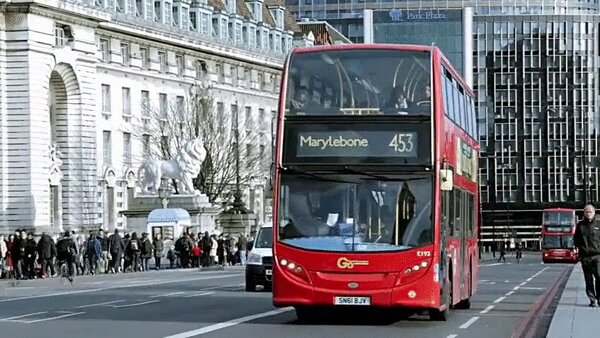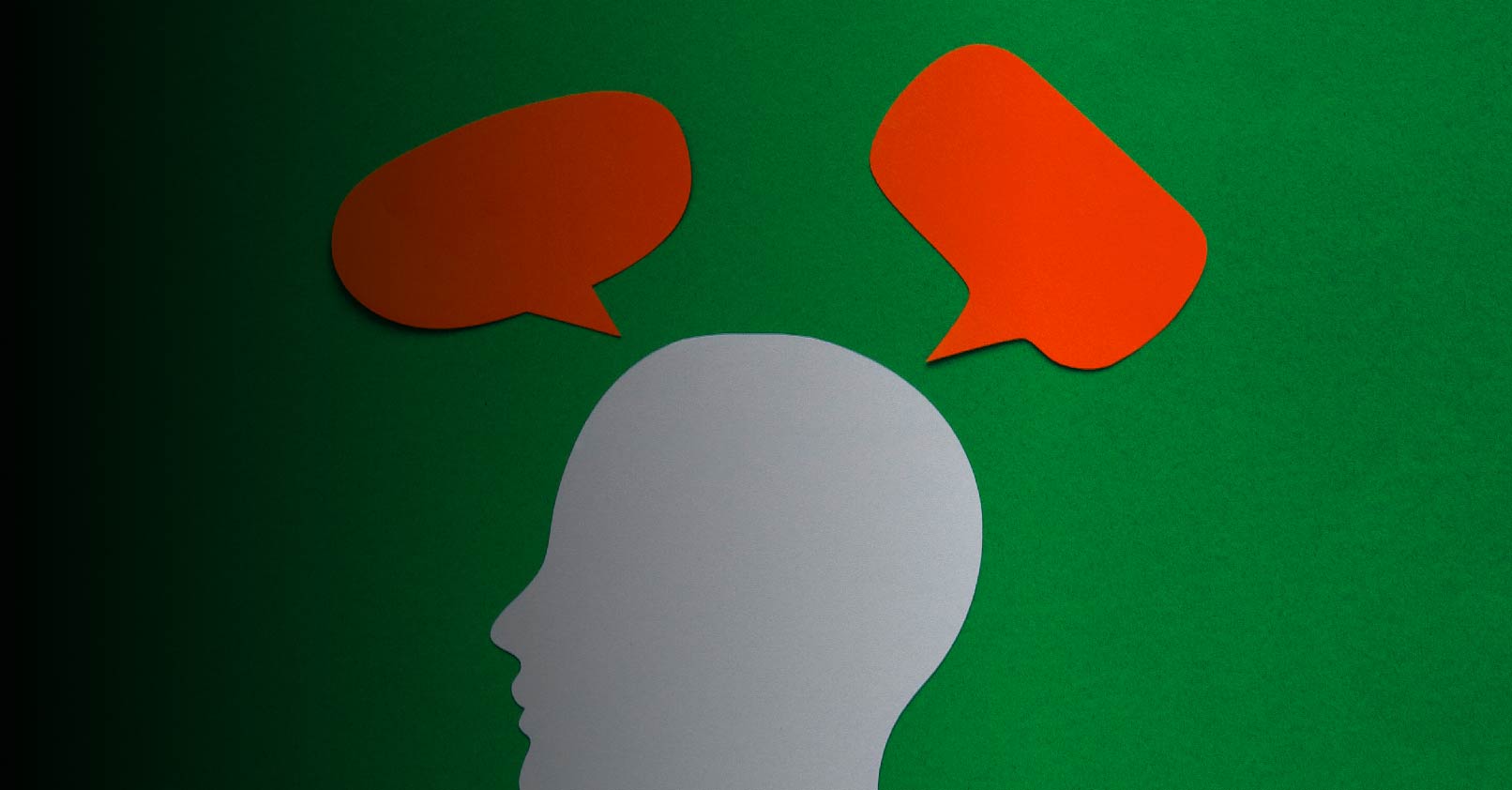Exploring Behavioral Design Patterns for Effective User Experiences
How can you influence people and change their behavior? What do you do to help people make better decisions? It’s not easy to understand everything about others. People don’t have superpowers that allow them to read the minds of others although they desire to. Moreover, these are the questions that many brands willing to keep their customers engaged with their products and services need an answer to. This is where Behavioral design patterns comes into play.
Still, wondering how can a brand influence the decisions of customers in an ethical way? Well, it is possible with behavioral design. It is a powerful tool for designers to craft experiences that improve user engagement and encourage them to make decisions that an organization desires. Stick to this blog to understand what behavioral design is and how various behavioral design patterns can help in designing engaging and influencing experiences.
What is Behavioral Design?
This is a sub-branch of design that focuses on how design can form or be used to influence human behavior in physical and digital environments. As a solution provider to problem seekers, brands need to understand what the real people want to the best of their abilities. Hence, they spend a lot of money and time on user research and customer feedback. However, customer feedback can only provide input about your existing products that may not provide the insights you are looking for. Hence, many product managers and CEOs are exploring the psychological aspects.
Benefits of Using Behavioral Design Patterns
It’s a powerful way to create engaging, impactful, and value-generating experiences. Behavioral design patterns works with insights from psychology and many other fields in behavioral sciences. It provides tools and methods to craft experiences that lead to certain results.
Designers leverage behavioral design to craft digital products that offer excellent user experience and help them meet their goals. Here are all the benefits that organizations get by adopting behavioral design in designing their products.
More Conversions
Every marketer and designer strives to get more engagement and conversions. Behavioral design patterns can be an effective tool in achieving those objectives because they help them craft experiences that are more likely to generate engagement and conversions. They can use insights from user behavior and design principles to create superior user experiences.
Improved Usability
Behavioral design patterns can simplify complex user interfaces and help users find information more quickly. It will improve the decision-making process by simplifying the way users achieve their goals.
Better Customer Satisfaction
As organizations improve their products by enhancing experiences they are likely to get increased customer loyalty and more returning customers. Customer satisfaction will be higher when they align user experience with the insights from behavioral analysis.
Quick Decision Making
Presenting users with options and information that is clear-cut and easy to grasp will enable users to make decisions quickly. Users can make better decisions that will align with their needs and goals. Quick decision-making is crucial for users to take the desired action at the right time.
Let’s Know the Behavioral Design Toolbox of a Behavioral Designer
How can you leverage design to influence the behavior of your customers? Here comes the role of the toolbox of a behavioral designer which consists of tools for various users and contexts. As people differ in their interests and needs, no single idea or tool works for every type of user and in different situations. So, it’s a matter of trial and error to decide which one works best for you.
Here is the list of tools in the toolbox.
CAR (Cue, Action, Reward)
The first design pattern CAR is based on the Cue, Action, and Reward trilogy that is useful to design for long-term behaviors. Let’s see every element of CUE.
- Cue: A cue is a trigger or prompt to do something or take an action. You can create specific cues for your product or use one from example apps and tools.
- Action: It’s the action or behavior that results from the cue.
- Reward: It’s the benefit or reinforcement that results from acting upon the behavior.
Marketers and designers can utilize this model to understand the formation of a habit and how they can utilize it to create behavior-centered designs for products and services that produce desired results. Having a grasp of this model enables marketers to know which cues trigger a behavior, which action is prompted by that behavior, and the rewards related to that behavior. Designers can leverage this chain to design products and services that elevate customer satisfaction.
Optimal Challenge
People’s decisions are also influenced by the level of difficulty faced in a task vis-a-vis their knowledge. Hence, a behavior with more difficulty is likely to be avoided or make people frustrated. Also, too easy behavior can make them feel bored or disenchanted. The optimal challenge principle states that people will pick up a behavior if it provides a balance between difficulty and skills.
You can leverage the psychological phenomenon in designing products and services that trigger behavior by making a balance between skill and difficulty. They need to find the optimal level of challenge for a certain behavior to create experiences that will make customer users engaged and motivated for behavior. It will help them drive the desired outcomes.
Moreover, the optimal challenge can vary from one individual to another depending on several factors including expertise, preferences, and motivation. There are different kinds of tools that designers can utilize to find out the optimal challenge including user feedback, data analysis, and testing. Designers can determine how users engage with specific behavior and create the challenges that offer optimal experiences.
Stimulus Devaluation
As you know if you want to evoke certain behavior in people, you need some stimulus and that can be a reward. However, stimulus devaluation is a process that aims to reduce or remove the stimulus to make people avoid certain behaviors. This psychological aspect can have a far-fetched impact on people when combined with designing skills to make products and services for your target audience.
Its use is pervasive in habit-forming behaviors that are not desired for example smoking. Stimulus devaluation helps to reduce the perceived value of the rewards that arise out of such behaviors. Designers can utilize this psychological principle to make people avoid certain behaviors and stop them from engaging in those behaviors.
Designers can utilize various means to achieve stimulus devaluation like adding friction between an action and its reward. It is an excellent tool for designers to discourage users from certain behaviors that are undesirable and promote actions that they need for their products and services.
Cognitive Load Balancing
People don’t like things that are difficult to understand. Hence, they prefer solutions that are memorable and can be understood in the least time and effort. Cognitive load balancing emphasizes that aspect and promotes a process that minimizes the cognitive load and maximizes the ease of user interfaces.
The amount of mental work that is required to finish a work is known as cognitive load. In behavioral design, cognitive load balancing is about creating product designs that are efficient, engaging, and effective. It advocates making simple designs by reducing complexity and unwarranted features in a product.
Designers can create product designs with reduced options to make the product easy and user–friendly. By reducing complexity and minimizing the number of features will make the product easy to use and understand.
Soft Incentives
Incentives are the rewards that encourage users to engage in certain behaviors that are desirable to an organization. However, they differ from hard incentives because they are not of a monetary nature. The soft incentives depend on social or emotional appeal. These incentives include rewards like recognition and internal satisfaction.
Soft incentives work by evoking people’s desire or motivation for peer approval, personal accomplishment, community recognition, etc. It is effective in creating behavior-driven designs that will attract more users and satisfy the existing ones satisfied.
Soft incentives in behavior design patterns help inculcate positive behavior among users. Designers can leverage social and personal emotions to arouse this behavior among users and make products more compelling.
Personalization
Personalization is about tailoring your app, tool, or interface to meet the specific needs of your user persona. It means you try to match the interface or behavior of your application or tool according to the user’s persona. Every user is different and they have diverse needs and goals. Hence, providing a distinct experience for every user can make a difference for your digital platform.
Designers can leverage personalization to craft products that are unique for different users and meet their specific requirements. By gathering information about individual users through data analysis and feedback, designers can create a user experience specific to a user persona.
Choice Architecture
In simple words, choice architecture defines the different ways of presenting choices to individual users in a way that influences their decisions. Choice architecture is based on the assumption that the way choices are presented to users can impact their decision-making.
In the context of behavioral design patterns, designers utilize choice architecture to provide options in a way that leads users toward making specific choices. There are a lot of factors that impact the behavior of users based on choice architecture including how options are arranged and the number of options.
Choice architecture is a useful tool for designers to craft experiences that lead to the desired results. Developing a solid understanding of how to design options and their optimal arrangement will help designers craft such user experiences.
Optimal Information Flow
Starting with information flow, it is about how information is presented to users. Now let’s take an example of two interfaces, one with a cluttered design and disarrayed elements, and another with a neat design and logically placed elements. Who do you think will users respond to more easily? A neat design with logically arranged elements will be easier to respond to as they can quickly scan and understand it.
This is the optimal flow of information. It advises designers to create interfaces that present information in a way that maximizes users’ understanding and ability to make decisions. When you optimally present information, users can easily process and comprehend it which will allow them to make decisions rather quickly. Designers can leverage optimal information flow in behavioral design by using plenty of white space, placing visual content logically, and creating clear and concise messages.
Ambient Communication
Often designers are tasked to create designs to present complex information. It can be hard to convey the message with plain text. For example, an infographic is more engaging than a piece of text to explain a complex phenomenon. Hence, you can leverage non-text communication like texture, size, color, motion, pattern, etc, which can be more effective in conveying complex content intuitively.
People’s brains rely on visual content to process information faster than they do with textual information. Designers can utilize ambient communication in behavioral design to make interfaces that are visually appealing to users and only present complex information. It will help in quick and precise decision-making triggering the desired action.
Final Thoughts: Behavioral Design Patterns Are There to Stay
With fierce competition among businesses, every organization strives to gain an advantage over others in one or the other way. However, influencing the decision of their target audience is not a piece of cake as every individual has their own needs. Behavioral design patterns can allow organizations to craft experiences that are unique and match the expectations of users that will evoke their interest resulting in improved user engagement.
Designers leverage behavioral design principles to intervene in how people think and behave. It is a tool to influence their decisions positively by encouraging them to make decisions that are in favor of an organization. It is based on psychological and empirical ways to understand how people make decisions and provides tools to influence those decisions.
It is a great power to steer people toward making the desired decisions. Insights from the data they gather play a crucial role in understanding the behavior of users. A proper analysis of the data can reveal a lot about the user behavior and designers can tune their designs to meet the user expectations.
Worxwide Consulting is a top management consulting firms that help companies drive digital growth by improving user and customer experience. We help companies with end-to-end product design or UX design services that include research, strategy, design, test product designs, and prototypes. Worxwide is based out of US, UK, and India offering bid consulting, sales transformation, user experience, and customer experience design services.
tx, USA

London, UK

India


